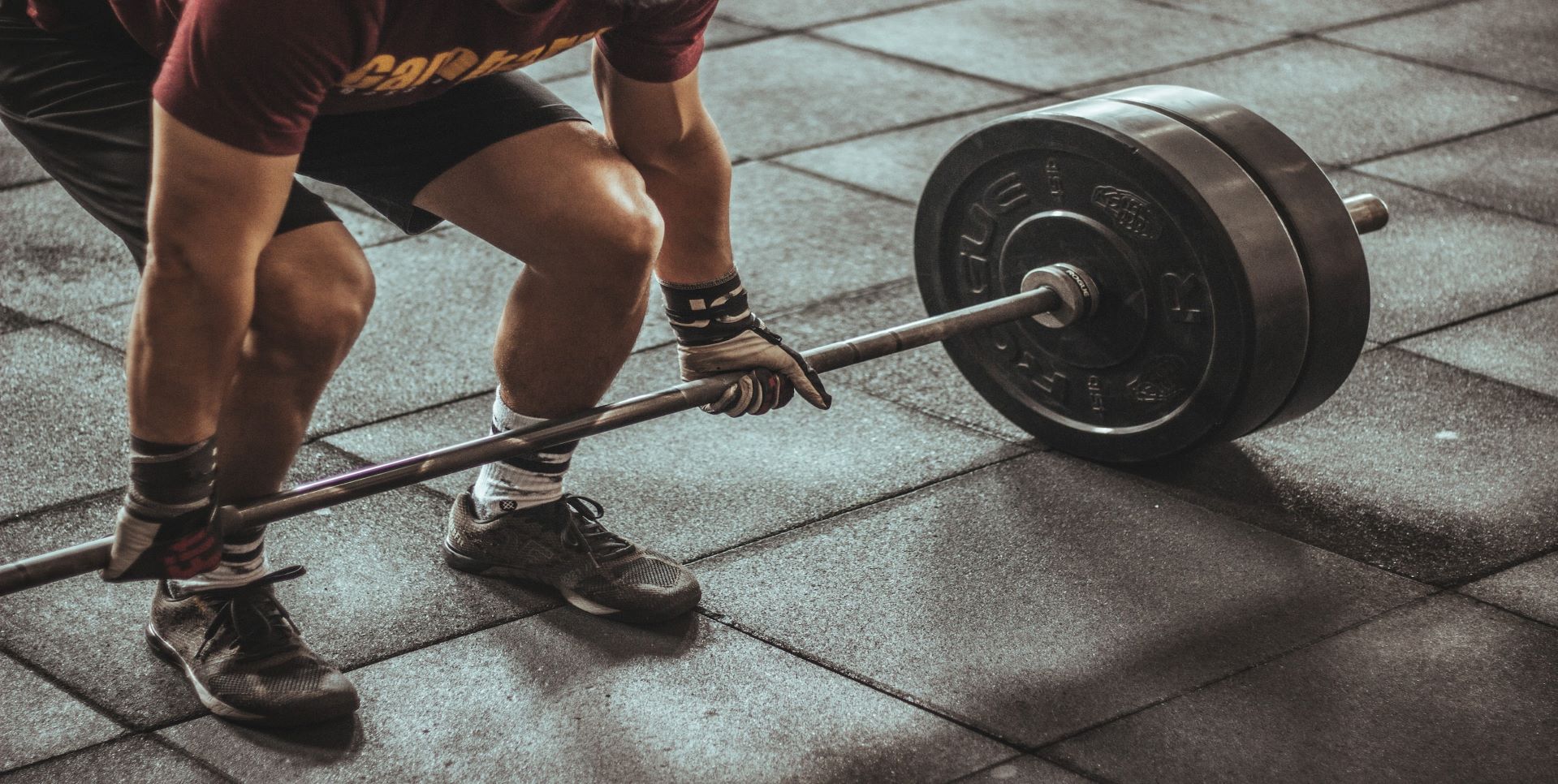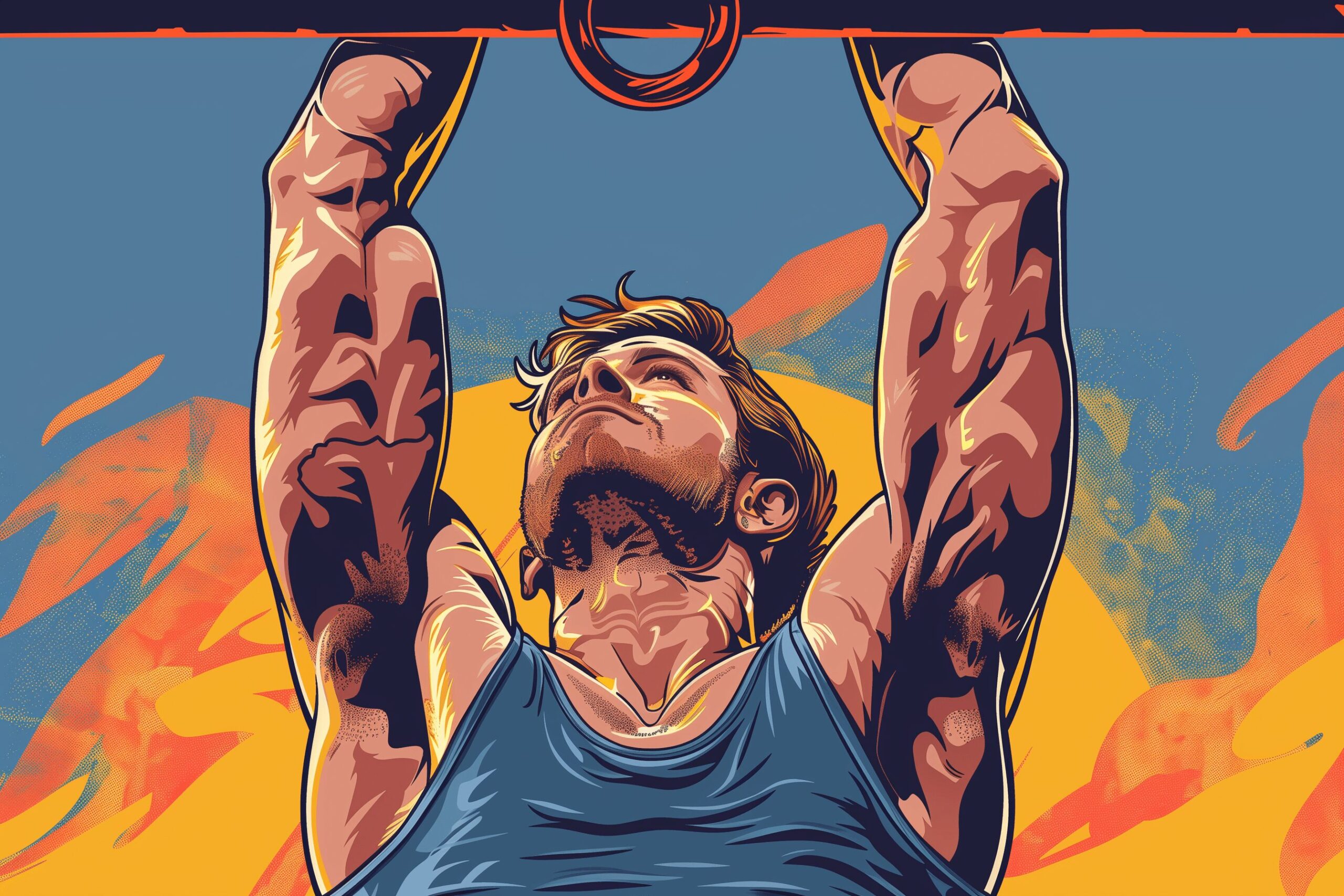A Beginners Guide to Lifting: 5 Tips
Feb 18, 2023

As an Amazon Associate, Modded gets commissions for purchases made through links in this post.
So you’ve decided to get into weightlifting. There’s hardly a better way to get strong and achieve that Schwarzenegger body you’ve always wanted. If you’ve never lifted, it can seem intimidating. But don’t fear. Read this Modded guide for a beginners guide to lifting. These five tips can put you on your way to being the superstar lifter you’ve always wanted to be.
1. Start Slowly
The first step is to be realistic with your goals and start slowly. You won’t deadlift 500 pounds if you haven’t trained before. In fact, you can endanger yourself by trying to do too much too quickly. Weight lifting can cause lumbar strain, especially if you shoot for the stars on the first day.
Start by picking out some light weights, such as dumbbells. Try various exercises to test your muscle groups. Even if they’re five pounds, anywhere is a terrific starting point. Find a challenging weight to lift, but you can still do it. Gradually increase the weight once you get comfortable. As they say, no pain means no gain!
2. Find a Routine
If you want to get strong, it takes time and dedication. The Romans didn’t build Rome in a day, so getting ripped could take months or years. It’s all about how much effort you put into it. One of the best ways to stay consistent is to get into a routine.
Your fitness goals and metrics will likely differ from everyone else’s. But a general rule of thumb is to get 150 minutes of physical activity per week or 30 minutes five days a week. You don’t have to do the same exercises each day. In fact, you should find variety in your workouts to ensure your body gets even work from head to toe.
3. Remember Leg Day
You’ve likely heard the jokes before about skipping leg day. Some guys have shredded biceps and abs, but their legs leave much to be desired. Leg day can be challenging, but put in the work with these leg workouts:
- Walking lunges: Lower-body exercises aren’t everybody’s favorite, but walking lunges make them a little bit easier. Start with your barbell behind your neck, just above your upper back. Now, lunge forward with one leg and drop the opposite knee as low as you can until it’s almost to the ground. Come back up and repeat with the other leg.
- Hip thrusts: Another solid lower-body exercise in strength training is hip thrusts. This regimen can seem awkward, but it’s excellent for your glutes. For hip thrusts, start by putting your back against a workout bench with your knees up. Place the barbell across your lap. Don’t use your arms to lift the barbell. Instead, engage your glutes and lift a few inches up.
- Squats: Ah, the dreaded squats. These exercises are among the most dreaded because of how effective they are. Do barbell squats by getting in the same starting position as the walking lunges. Lower your body until your thighs sit parallel to the floor. Barbell squats work your quads, calves, hamstrings and other muscle groups, so your body will thank you later.
4. Replenish Your Body
Successful lifting includes effort in the gym and a focused diet to keep you strong. A challenging day in the gym requires you to replenish your body. After your workout, you should eat a protein-rich meal within an hour of completing your training. After all, the gains won’t achieve themselves.
Protein is vital for building muscle and is essential in the beginners guide to lifting. Lifting tears your muscles, especially if you’re constantly setting new records. The amount of protein you need depends on factors like height and weight. A good rule of thumb is to consume one gram of protein per pound of the body weight you want to achieve. Eating poultry, fish and protein shakes are terrific ways to get there.
5. Let Your Body Rest
It’s worth a reminder that Romulus and Remus didn’t build Rome in a day. It’s essential to be patient and let your lifting journey. This patience includes letting your body rest. Daily trips to the gym are a courageous plan, but recovery is as critical as lifting.
Listen to your body, especially early on in your lifting experience. It’s perfectly acceptable to take a day off in between workouts. In fact, you should give your body at least 24 hours to recover. An intense resistance training session calls for 48 to 72 hours of rest so your body can heal properly. To help your recovery, stay hydrated, eat plenty of protein and rest your body between workouts.
The Beginners Guide to Lifting: Taking the Long Road
Remember the World’s Strongest Man competitions on ESPN? Watching the strongmen lift atlas stones and deadlift trucks was fascinating and inspiring. Getting to their level of strength is quite challenging, but getting started in lifting is a novel idea. Use this beginners guide to lifting for five quintessential tips on your resistance training journey.





